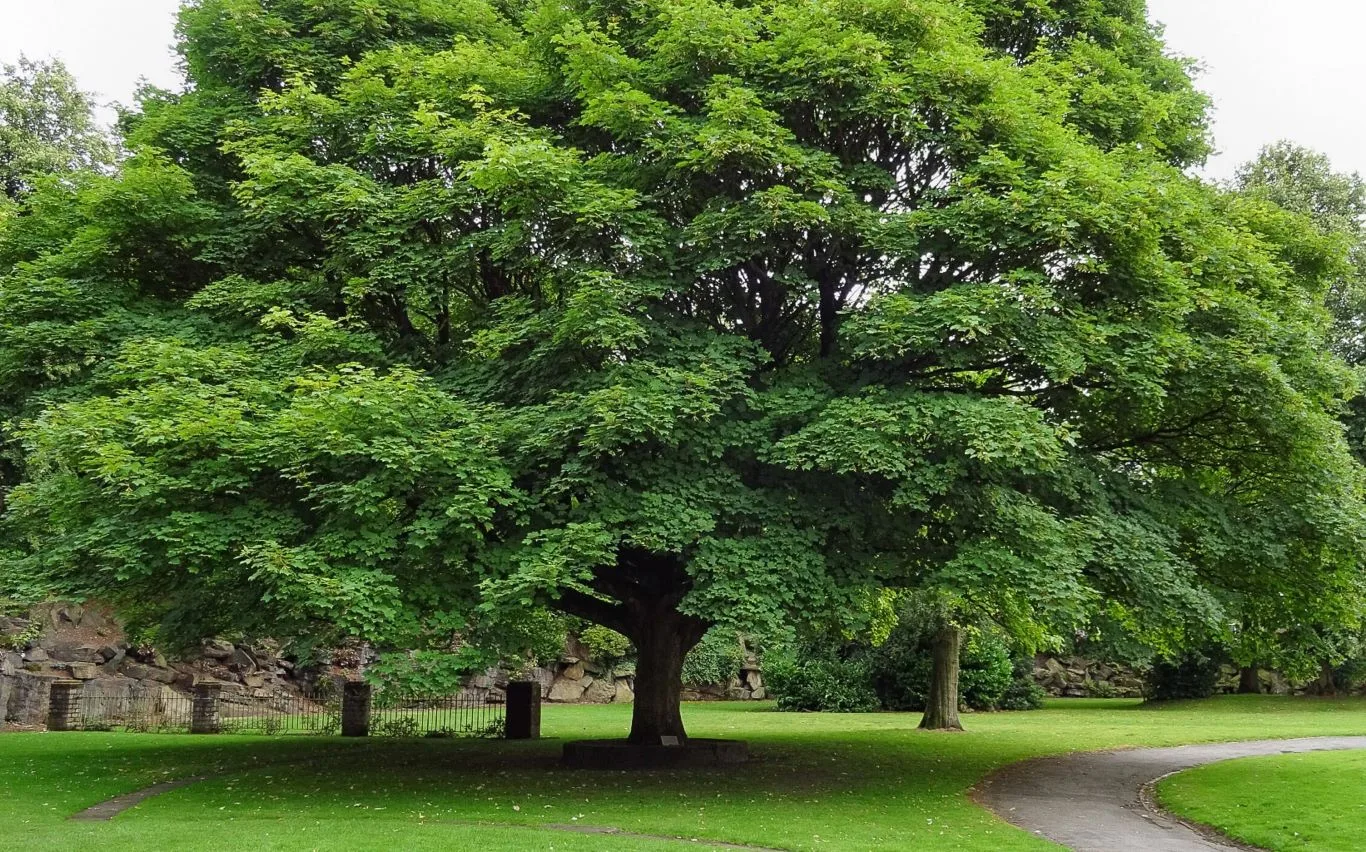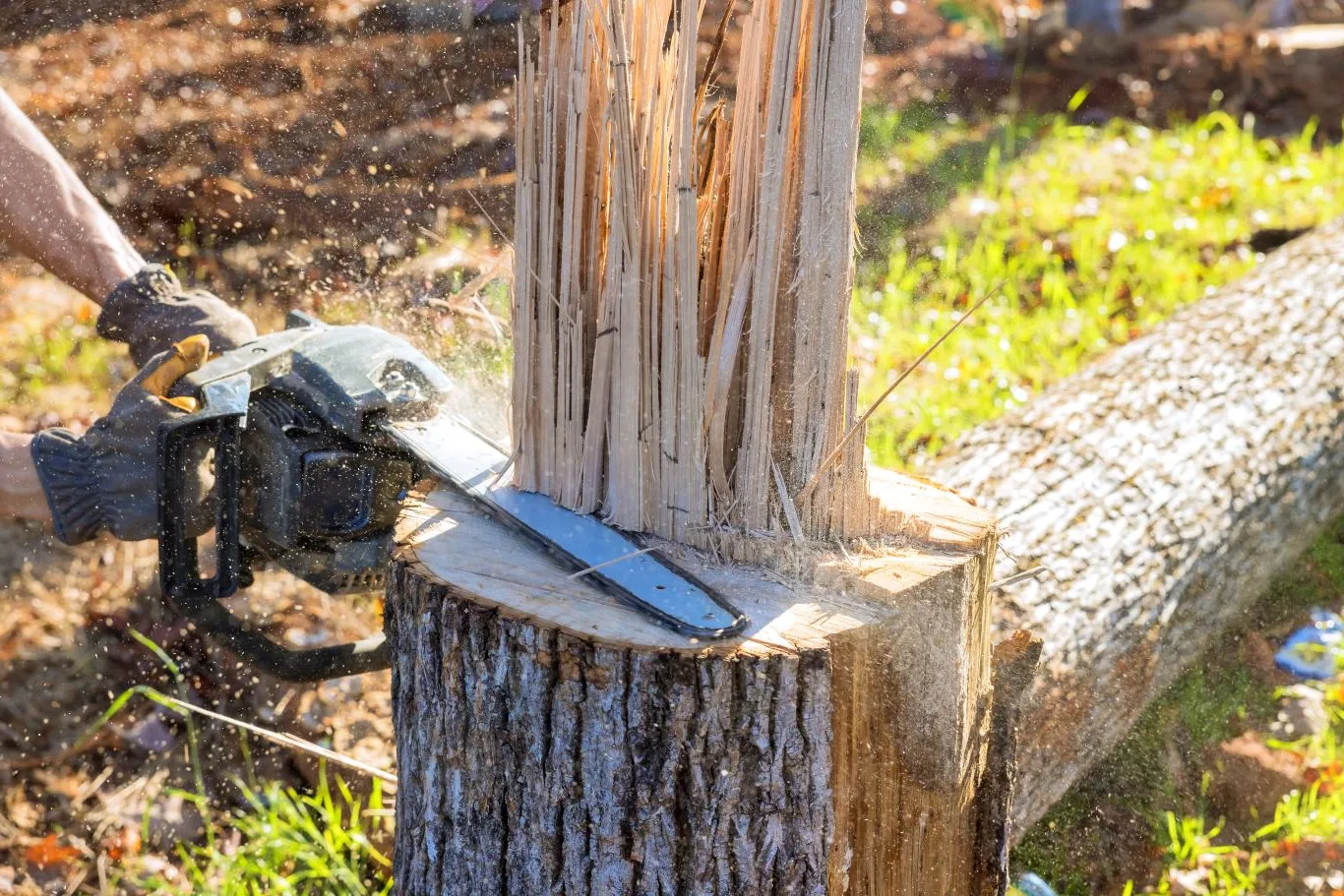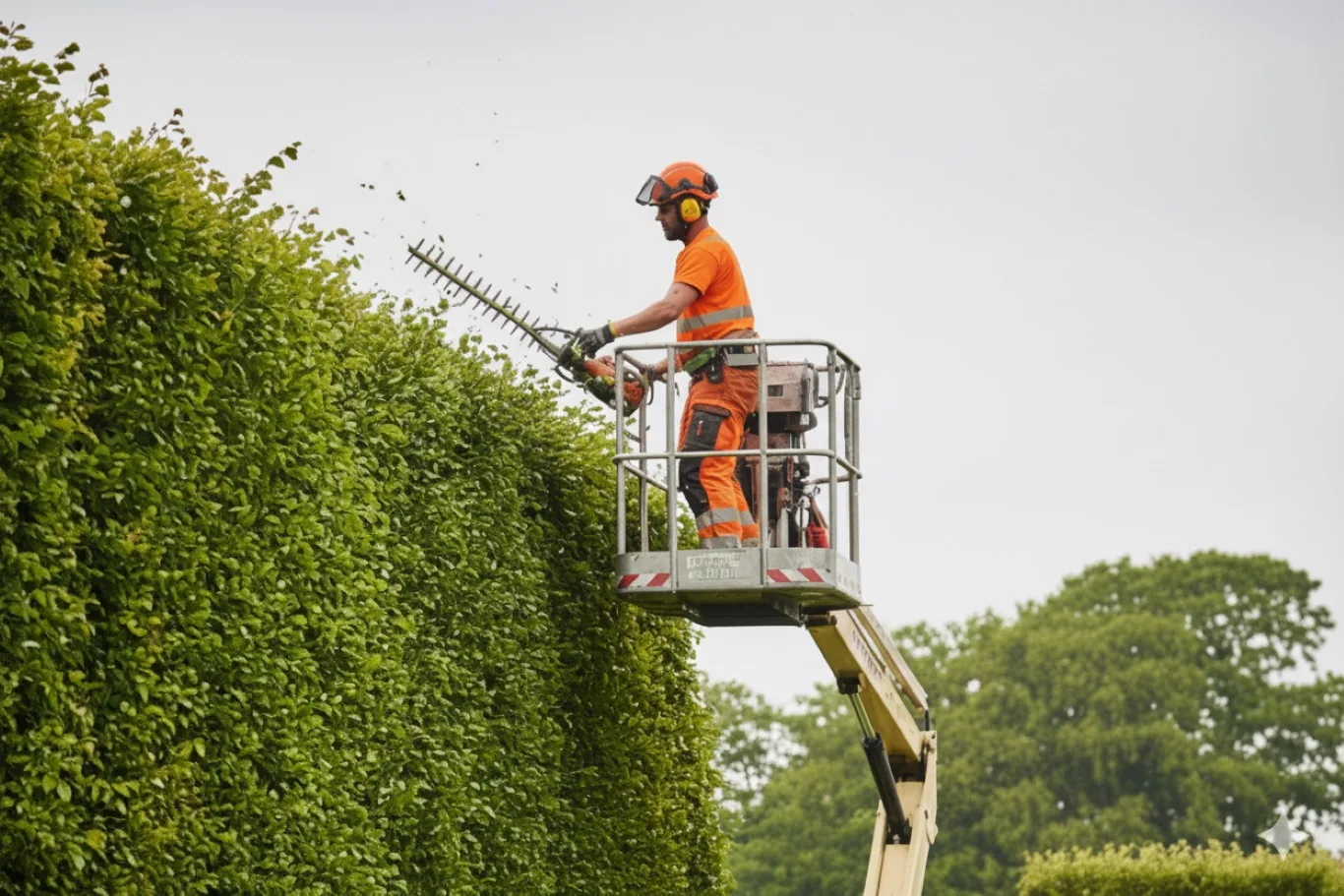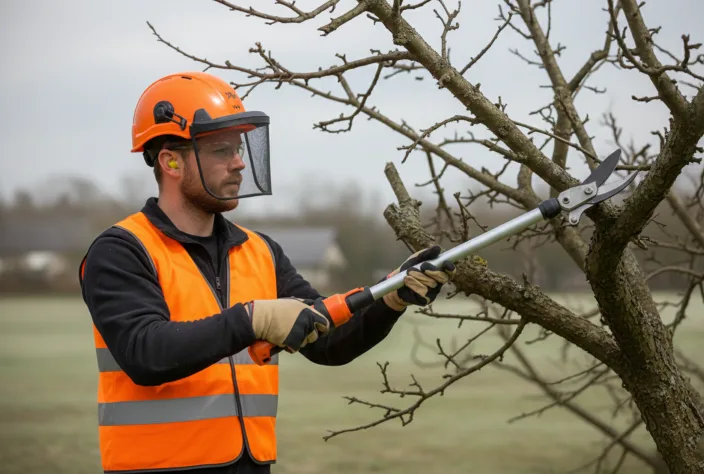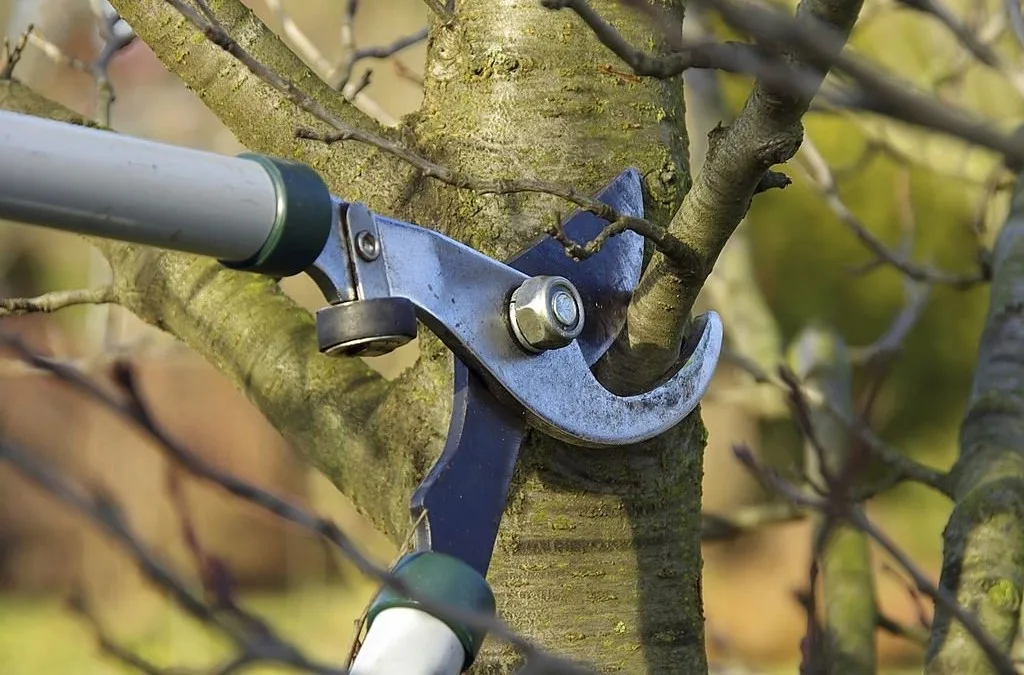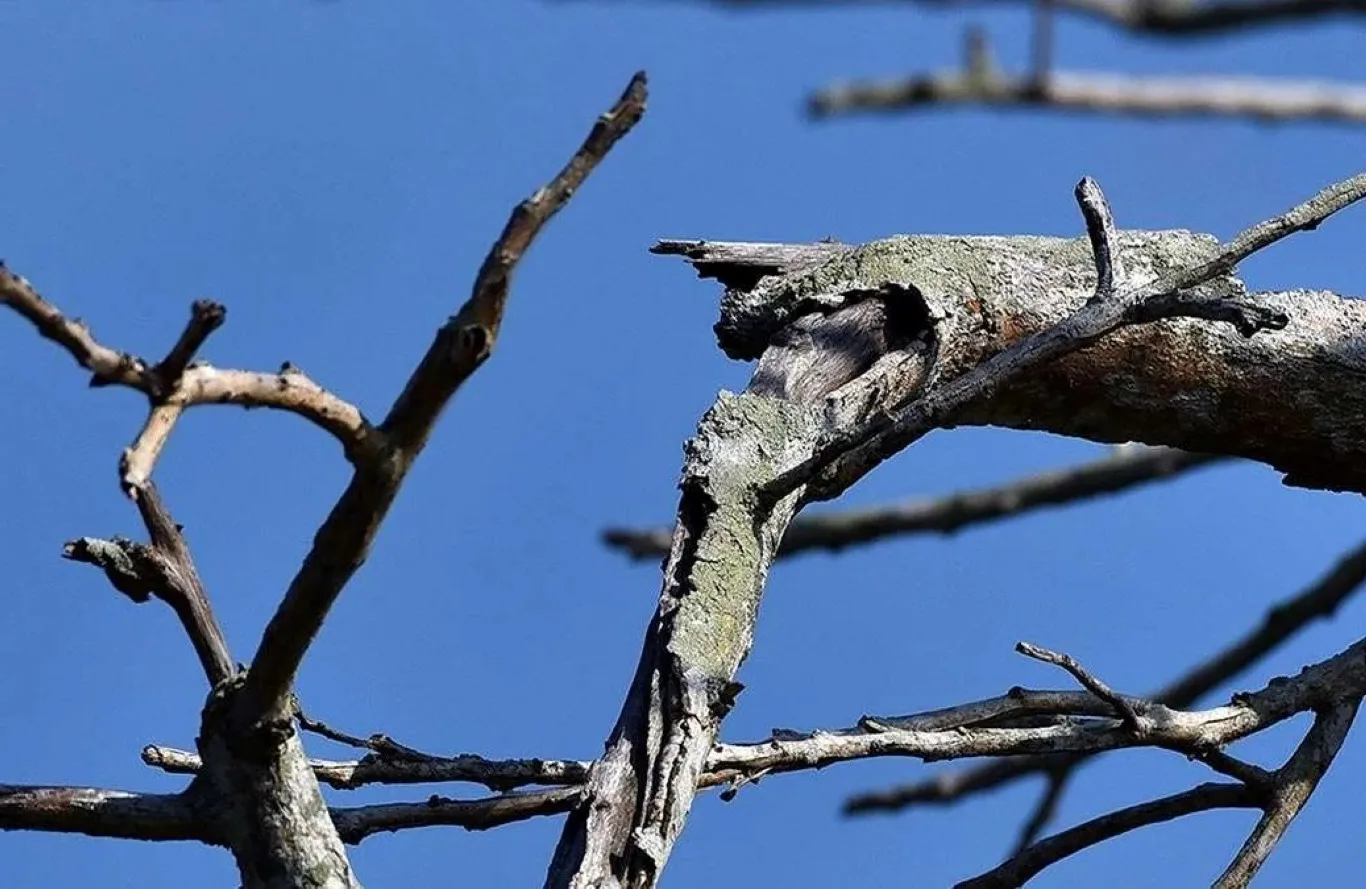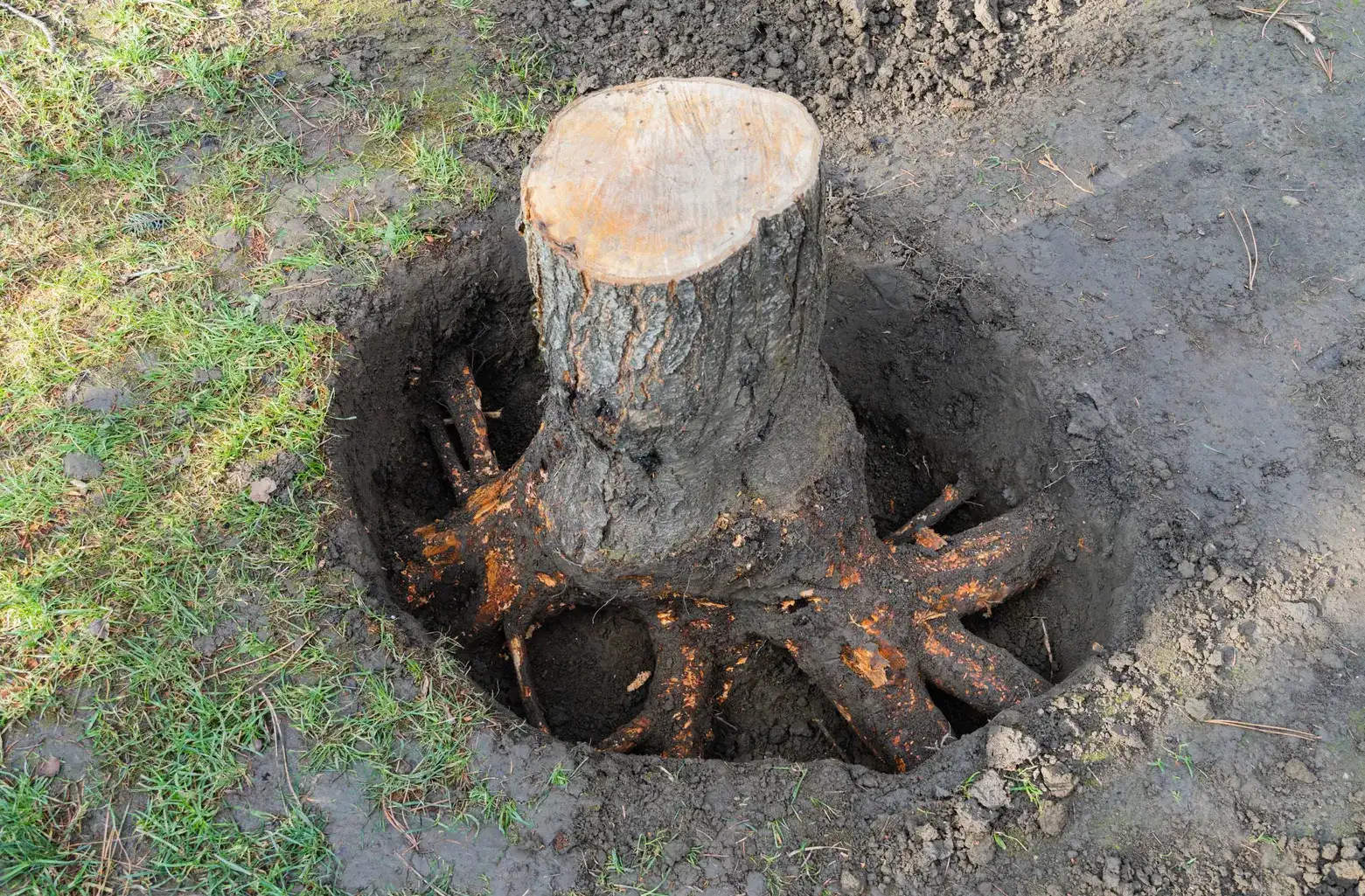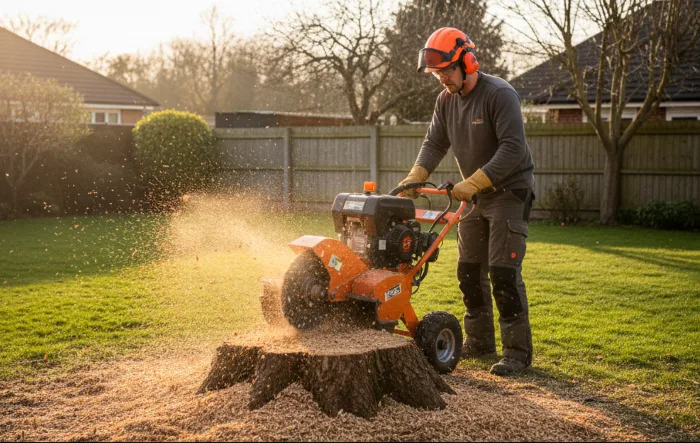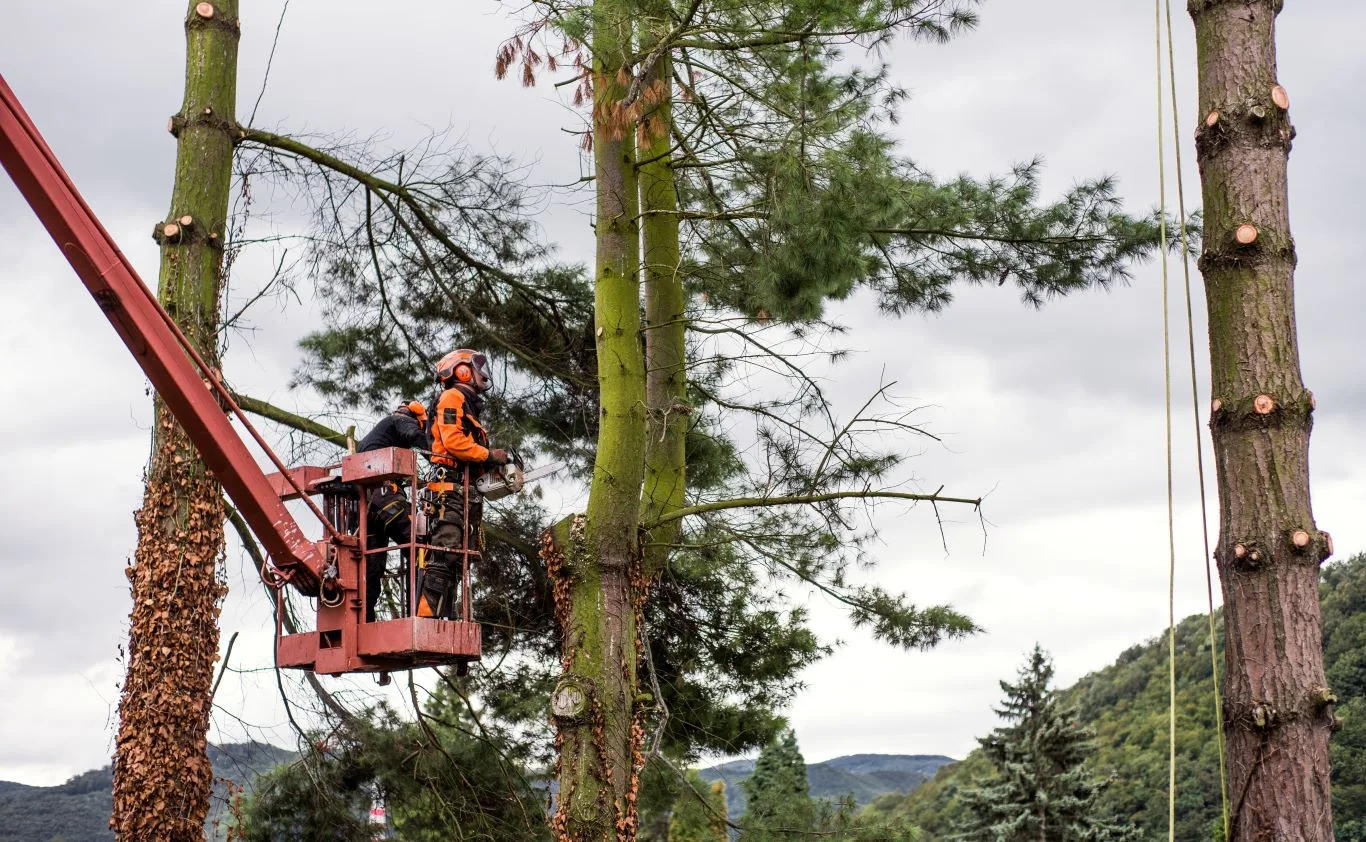The types of sycamore trees in the UK are as diverse as the landscapes they inhabit. Known for their distinctive leaves, mottled bark, and impressive size, sycamores are among Britain’s most iconic broadleaf trees. Whether lining rural roads or enhancing country estates, these trees have long captured the admiration of gardeners, landscapers, and nature enthusiasts alike.
If you’re lucky enough to have a sycamore on your property, proper maintenance is essential to preserve its health and safety. That’s where Chigwell Tree Services comes in — one of the most trusted and affordable tree care companies in Essex and nearby areas. Their team of qualified arborists can handle everything from pruning and crown reduction to complete removals.
Get in touch on WhatsApp and request your free quote :
In this article, we’ll explore the different kinds of sycamore trees found in the UK, learn how to identify them, and share tips for keeping them strong and thriving all year round.
Understanding the Sycamore Tree
Before we dive into the specific types of sycamore trees, it’s worth understanding what makes these trees so special. The sycamore (Acer pseudoplatanus) is part of the Aceraceae family — the same family as maples. Although the sycamore isn’t native to Britain (it was introduced from Central Europe several centuries ago), it has become fully naturalised across the UK and is now a familiar sight from city parks to rural woodlands.
These trees are well known for their broad leaves, helicopter-like winged seeds (samaras), and bark that flakes away to reveal patches of cream, grey, and brown. Mature sycamores can grow up to 35 metres tall and live for several hundred years.
The Most Common Types of Sycamore Trees in the UK
While the common sycamore (Acer pseudoplatanus) dominates most of the UK’s landscape, there are a few different sycamore species and cultivars that can be found in parks, gardens, and estates. Let’s take a closer look at some of the most notable different varieties of sycamore trees.
1. Common Sycamore (Acer pseudoplatanus)
This is the most widespread type across Britain and Ireland. With its sturdy trunk, rounded crown, and large lobed leaves, the common sycamore is instantly recognisable. Its leaves are bright green on top and paler underneath, turning yellow in autumn.
The common sycamore is tolerant of pollution and salt, making it an excellent choice for coastal areas and urban planting. It’s also a favourite for wildlife, offering food and shelter to insects, birds, and small mammals.
2. Brilliantissimum Sycamore (Acer pseudoplatanus ‘Brilliantissimum’)
A more ornamental form of sycamore, this variety is best known for its striking spring foliage. New leaves emerge in shades of salmon-pink before maturing to yellow-green. Growing up to 10 metres, it’s a smaller, more manageable tree suited for gardens or avenues.
Gardeners often choose this variety for its stunning visual appeal and slower growth, which makes maintenance and sycamore tree pruning simpler.
3. Leopoldii Sycamore (Acer pseudoplatanus ‘Leopoldii’)
This is one of the most decorative different sycamore species, featuring variegated leaves splashed with pink, white, and green. It thrives in well-drained soil and partial shade, offering a beautiful focal point in landscaped gardens.
Its slower growth rate makes it easier to maintain, but regular trimming helps retain its shape and encourages vibrant foliage.
4. Spaethii Sycamore (Acer pseudoplatanus ‘Spaethii’)
This variety is admired for its dark green leaves with a bronze tint on the underside. In autumn, they transform into deep shades of gold and copper. Because of its strong resistance to wind and pollution, ‘Spaethii’ is a popular choice in urban environments and roadside plantings.
Like other sycamores, it requires occasional pollarding to control its size and maintain its health — a task best handled by professionals like Chigwell Tree Services, who provide expert tree maintenance throughout Essex.
5. Worleii Sycamore (Acer pseudoplatanus ‘Worleii’)
‘Worleii’ is a compact variety with finely serrated leaves that start bronze and turn green as the season progresses. It’s ideal for smaller gardens and often used in ornamental landscaping. Though it’s smaller in size, it still requires routine care to prevent overgrowth and maintain a balanced canopy.
6. Negenia Sycamore (Acer pseudoplatanus ‘Negenia’)
Known for its fast growth and symmetrical crown, the ‘Negenia’ sycamore is a robust and adaptable tree variety. Its straight trunk and resilience make it ideal for parks and open spaces.
Because of its vigorous growth, sycamore tree trimming and crown reduction are occasionally necessary — another service that Chigwell Tree Services excels at, ensuring your trees remain safe, tidy, and well-maintained.
Identifying Different Kinds of Sycamore Trees
Each sycamore variety can be identified by subtle differences in leaf colour, shape, bark texture, and growth pattern. Here are some quick identification tips:
- Leaves: Typically five-lobed, resembling maple leaves, though some varieties have finer serrations or variegated patterns.
- Bark: Smooth when young but becomes flaky with age, revealing lighter patches beneath.
- Seeds: Winged seeds fall in pairs, spinning like tiny helicopters.
- Growth habit: Common sycamores grow large and upright, while ornamental types remain smaller and rounder.
Learning to recognise these traits helps property owners appreciate their trees better and maintain them effectively.
The Importance of Sycamore Tree Care
Whether you own one or several sycamores, caring for them properly ensures they remain strong, safe, and visually appealing. Regular sycamore tree pruning, pollarding, and disease inspections are key to their longevity.
Professional arborists, such as the team at Chigwell Tree Services, offer expert assessments and maintenance plans to protect your trees. They use safe and eco-friendly methods for tree trimming, deadwood removal, and crown lifting, ensuring your garden or property looks its best all year round.
Common Issues Affecting Sycamore Trees
Sycamores, while hardy, are prone to certain problems:
- Sooty bark disease – a fungal infection that darkens the bark.
- Aphid infestations – causing sticky honeydew deposits on leaves.
- Wind damage – particularly in older, unmaintained trees.
- Root spread – large trees can disrupt nearby paving or walls.
Routine tree inspections and timely pruning can prevent these issues from escalating — something Chigwell Tree Services manages efficiently across Essex and nearby regions.
Final Thoughts
The types of sycamore trees in the UK offer remarkable variety, from the towering Common Sycamore to ornamental cultivars like ‘Brilliantissimum’ and ‘Leopoldii’. Each has its own charm, adding shade, colour, and biodiversity to our landscapes.
For homeowners and land managers, keeping these trees in top condition is vital. Whether you need expert pruning, trimming, or full tree care services, Chigwell Tree Services provides a reliable, professional, and affordable solution. Their experienced arborists ensure your trees not only survive but thrive.

